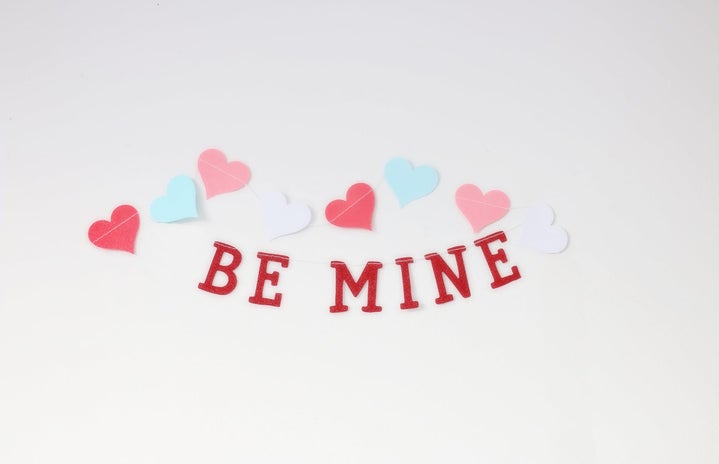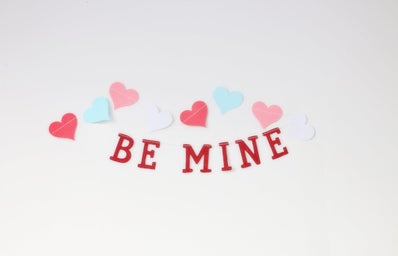You might love or dread February 14th every year, but no matter how you feel about Valentine’s Day, it has become an inescapable holiday. The moment Christmas is over, the cards are stocked, the chocolate boxes line the shelves, and everywhere you look, the world is demanding for you to think about romance. But how did Valentine’s Day, an occurrence that is wholesome on the surface, become what many critics consider a commercialized nightmare? Who decided that diamonds are a girl’s best friend, or that flowers are a guaranteed way you show your partner you love them?
Sorry, but it’s time for me to ruin that romance by explaining these four Valentine’s Day stereotypes.
- Roses.
-
The red rose is one of the most romanticized symbols in history, but what makes it so popular to express our love? Using flowers to deliver a message stems from the Victorian practice of floriography, where lovebirds sent each other flowers to express romantic interest. Roses in particular have withstood the test of time because they’re some of the sturdiest flowers around. They’re perfect for the mass shipping required on Valentine’s Day, and this availability makes Americans want to buy them more and more each year. In 2019, Business Insider reported that Americans were expected to spend $1.9 billion on flowers for Valentine’s Day.
- Diamonds.
-
During the Great Depression, diamond companies needed to find a way to ensure people kept buying diamonds and wouldn’t sell what they already had, which would further drive down the price. A huge diamond company called De Beers coined the phrase “A diamond is forever,” which changed Americans’ relationship with diamonds. It also pushed consumers to buy diamonds directly from the source instead of secondhand, which drove profits directly into corporations’ pockets. From that moment on, diamond jewelry became a way to show your undying love—because why else would you spend so much money if you weren’t ready for forever? I highly recommend watching the “Diamonds” episode of Netflix’s Explained series if you really want to reevaluate your jewelry priorities.
- Chocolate.
-
People have treasured chocolate throughout human history, tracing back even to the Aztecs and Mayans. The seemingly ever-romantic Victorians saw the rise of commercialized chocolate when Richard Cadbury popularized “eating chocolates.” His chocolates came in the heart-shaped boxes we now associate with Valentine’s Day, enticing people by providing both a sweet treat and pretty packaging that could be saved for other romantic gestures. Other candy giants, like Milton Hershey and Russell Stover, saw the opportunity to break into the “romantic” chocolate business and soon began selling their own accessible eating chocolates.
- Teddy bears.
-
You might already know that teddy bears are named after former president Theodore Roosevelt. Roosevelt was on a hunting trip with his assistant, who tied up a bear and left it for the president to kill. Roosevelt thought it was unethical to deliver the final blow when the animal was weakened, so he decided against it. Toymakers Morris and Rose Mitchom created the stuffed teddy bear to commemorate Roosevelt, and the simple comfort of a toy bear made it a huge hit for Valentine’s Day. Now, teddy bears are hailed as an affordable yet romantic gift, just as “forever” as diamonds and more permanent than chocolate or roses.
I’ll admit, I’m sentimental enough to appreciate any gift from someone I love, even if capitalism has its teeth in it. There’s a reason why these gifts have remained popular throughout time: people still enjoy receiving them. So no matter how you choose to celebrate this Valentine’s Day (if at all!), you can now impress your partner with some fun facts along with your gift.


